When a person talks about his hobby, it is sometimes difficult for him to remember where it started. But this is not the case with astronomy enthusiasts: they usually remember well when and how they became interested in the sky. Most often it begins with the moon or some bright planet seen in a telescope. That is why amateur astronomy is mostly associated with tools for observation. However, there are types of astronomical research that are doable even for a novice amateur, and even more — they do not require any complex equipment (often a notebook and a pencil is enough).
Basic knowledge
The first piece of advice for novice astronomers: look for like-minded people! If you have an astronomy club or club in your city, you will get the best advice on what and how you can observe (and taking local peculiarities into account), and at best, you will be able to look at the sky through different tools, compare them and determine which one is the best for you.
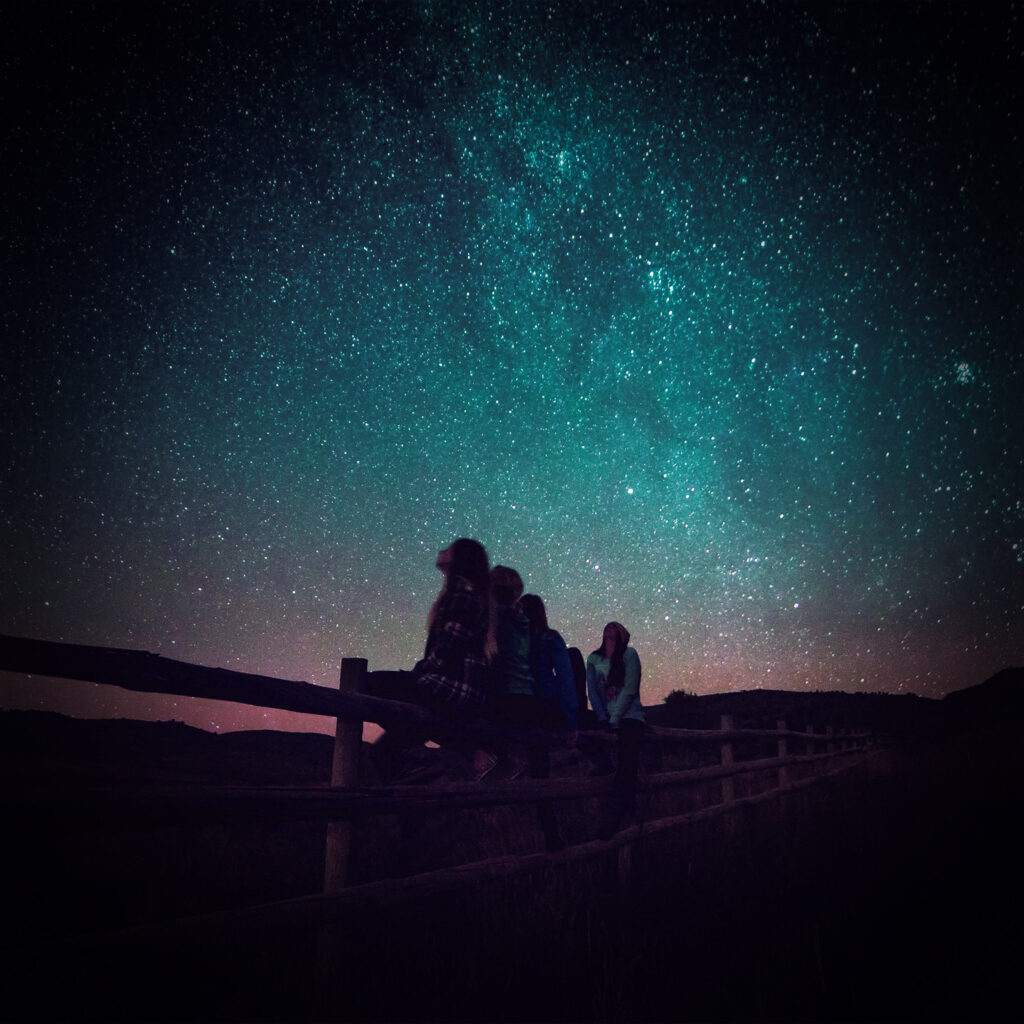
But there is something you can do yourself, and — importantly — without a telescope. First, it is necessary to get acquainted at least in general with the starry sky: to find out what the pole of the world is and how it relates to the North Star, to remember the position and names of the brightest stars and the appearance of the most conspicuous constellations, to understand their visibility depending on the time of day and season. Previously, there were star maps for this. Beginners now have access to many computer programs and mobile applications that display the celestial sphere and all the interesting things in it in varying detail. It would seem that it is not necessary to keep in mind the positions of the stars and the configuration of the constellations… but we do not walk the streets of a familiar city, constantly updating our position with the help of GPS! We can say that the sky should become for a lover of astronomy the same “native place” as the immediate neighborhood of his home. Especially since there is nothing complicated about it.
The next stage is the Moon, planets and zodiacal constellations. Knowledge of the lunar phases is needed not only to tell neighbors when to plant vegetables: in fact, between the first and last quarter (which includes full) conditions for observations of many faint objects in the starry sky become unfavorable due to intense light, emanated by our natural satellite. In large cities, where the level of light pollution has long been outrageous, we do not notice this, but when doing observation in the “dark places” this factor becomes the key.
The planets are even more interesting. Why are they visible only at certain times? What is opposition and why do Mercury and Venus never appear in it? Has the great Copernicus really never been able to see Mercury in his entire life? Yes, planetary observations require a fairly powerful telescope, but first you need to know exactly where to aim it. There is an additional bonus: if you can explain to a visiting astrologer the difference between “zodiac signs” and zodiacal constellations — you can significantly raise your self-esteem and make an important contribution to debunking anti-scientific ideas.
And the last type of celestial phenomena that an amateur astronomer should know about are “near phenomena” that occur in the Earth’s atmosphere: meteors, auroras, silver clouds. You can also add artificial objects in orbit around the Earth (including the International Space Station). Here the basic set of astronomical concepts ends and the “narrow specialization” begins.
For the benefit of science
Meteors. Surprisingly, there is a certain category of astronomical observations that do not require any additional tools, but are of great scientific value. This is an observation of meteors. Billions of interplanetary dust particles of various sizes and masses enter the Earth’s atmosphere every day. Professional astronomers simply “do not have enough eyes” to register at least a couple of percent of their number. In addition, many meteors appear where there are no observatories nearby, such as over deserts and oceans.
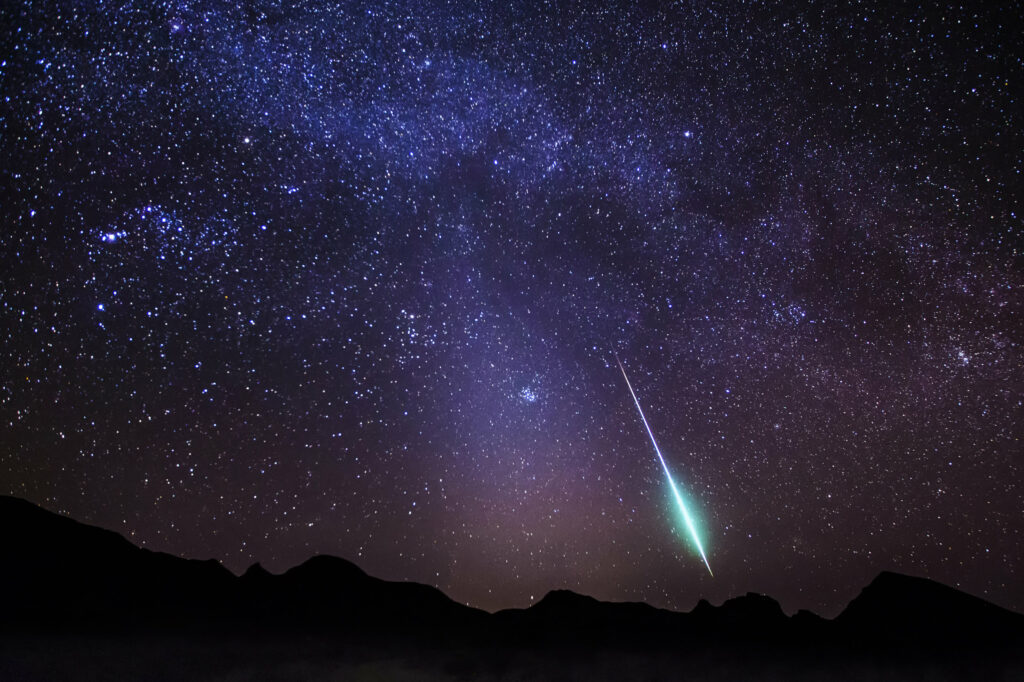
Registering on the sites of meteor observers, you can learn more about the proven techniques that allow you to extract maximum information from fast “shooting stars” and start sending your own data for further processing by professionals. Even a simple calculation of meteors with the exact time of observations, as well as location and atmospheric conditions, can already tell a lot about the distribution of matter in interplanetary space. And if we add some information about the direction of flight, brightness, color and apparent speed — we will already get a solid set of characteristics of the “alien from space”, which helps us assess its size and belonging to a particular meteor shower. And all of these —notice it — happens without even touching it!
Such observations have their own “bonus” — the ability to see a bright bolid (a trace of a large body crashing into the Earth’s atmosphere) and even the fall of a meteorite. It is possible that your testimony will allow people to calculate exactly where on the earth’s surface you should look for “heavenly stones”.
Moon. Mankind has been observing our natural satellite for a long time and has already sent its representatives to its surface. It would seem that we know everything about the Moon. Even the naked eye can see the disk with a lot of details. With the use of at least a small astronomical instrument, the number of these details increases thousands of times, and it becomes increasingly difficult for one person to “capture” them all.
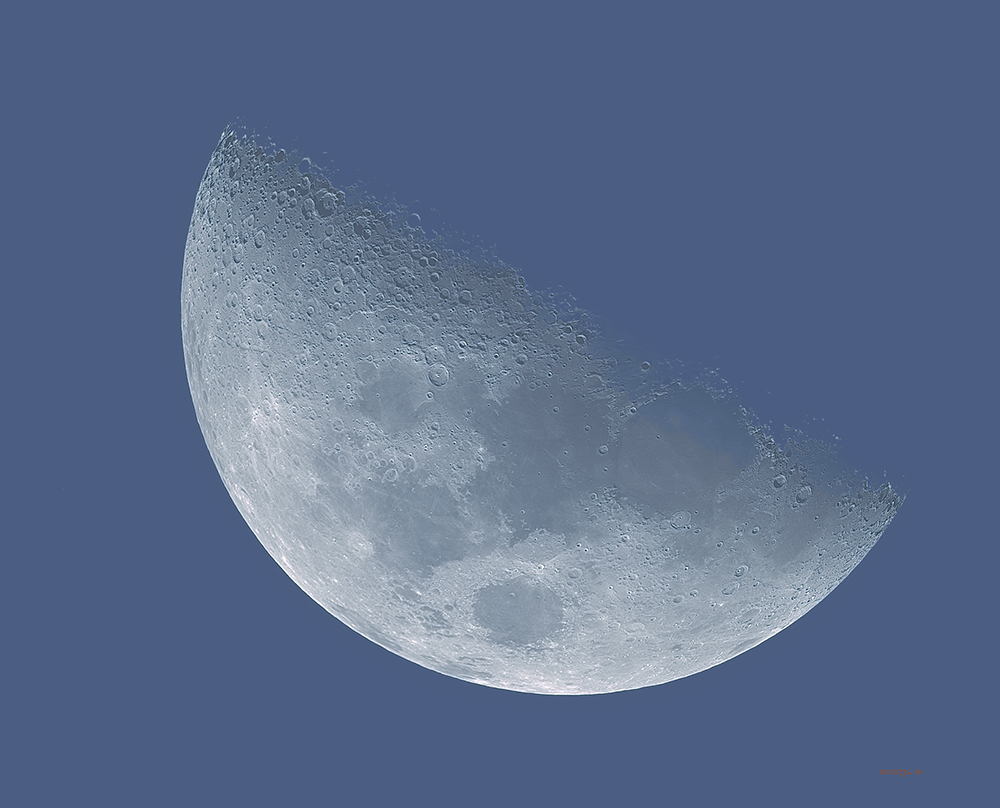
However, despite the huge number of detailed photographs of the Moon taken with large ground-based telescopes and interplanetary spacecraft, amateur observations of this celestial body have not lost their relevance. First of all, this applies to the so-called transient lunar phenomena — flashes or darkening of certain areas. It is believed that these may be manifestations of processes in the rarefied dust environment of our nocturnal luminary, associated with electrification under the action of the solar wind (the flow of charged particles that are continuously emitted by the Sun). Also, the presence of endogenous phenomena on the Moon cannot be ruled out: its bowels have not yet completely cooled down and are quite capable of providing short-term gas emissions. When exposed to the sun’s rays, they are observed as small misty spots that dissipate quickly.
Another interesting topic for observation is the collision of meteor particles with the lunar surface. If they occur on the unlit part of our satellite and the meteors are large enough, they can be seen as flashes, visible even in small telescopes. Obviously, the most successful such observations will be during maxima of powerful meteor showers — Geminids, Perseids, η-Aquarids, Leonids.
Observations of occultations (closing the stars with a lunar disk) have a special scientific value. To do them you need to know exactly your geographical location and have a well-calibrated clock with the ability to record time points. But in itself, looking at our satellite in a small telescope, tracking changes in its phases, the appearance of mountains and craters during sunrise and sunset over them can be very satisfying. In general, the Moon is one of the most “grateful” objects for novice astronomers, and it can be seen even in cities where the sky at night is significantly “lit” by artificial light sources.
Sun. Until recently, our daytime luminary was not popular with a wide range of astronomy enthusiasts. For the most part, it was noticed only during periods of high activity, when it was covered with a large number of spots, or during solar eclipses. The latter are not so common in a particular area: the next total solar eclipse in Ukraine is expected in 2061, annual eclipse — on June 1, 2030. Partial eclipses from a certain point on the earth’s surface are observed much more often (on average every 2-3 years), and now we are experiencing an interesting period when they are visible from Ukraine for three consecutive years — June 21, 2010, June 10, 2021 and 25 October 2022.
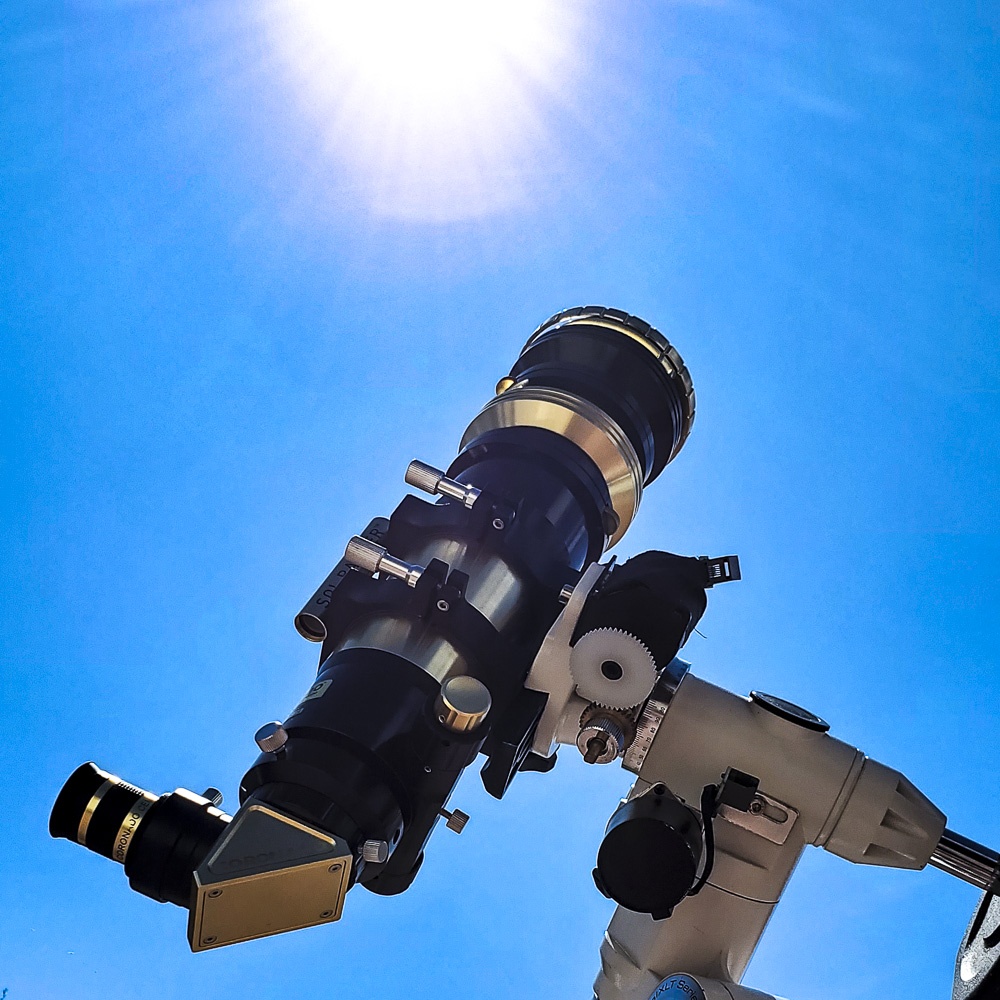
But at the beginning of the XXI century, a specialized solar telescope Coronado appeared on the market, equipped with a light filter that transmits only the spectral line of ionized hydrogen Hα. Under normal clear skies, it makes it possible to observe the surface of the Sun in unseen detail. With its help you can almost always see the protuberances and even notice a change in their shape in a short time at the edge of the disk of our luminary.
However, simply looking at the Sun’s disk as a powerful enough tool (which MUST be protected by a special filter with a high absorption or reflection coefficient) can also be an interesting task. Some observers were able to see the most powerful solar flares.
Planets. Here we turn to those areas of astronomy where amateurs, unfortunately, can do little. The six planets of the solar system and their satellites are being actively observed by large terrestrial and space telescopes (with the exception of Mercury, which is constantly close to the Sun), and there are man-made devices orbiting now around Venus, Mars and Jupiter. Planetary astronomy requires powerful telescopes with a magnification of at least a hundred times, which, in turn, places demands on air quality at the observation site: if it is too unstable, its inhomogeneities will completely “smear” all the small details.
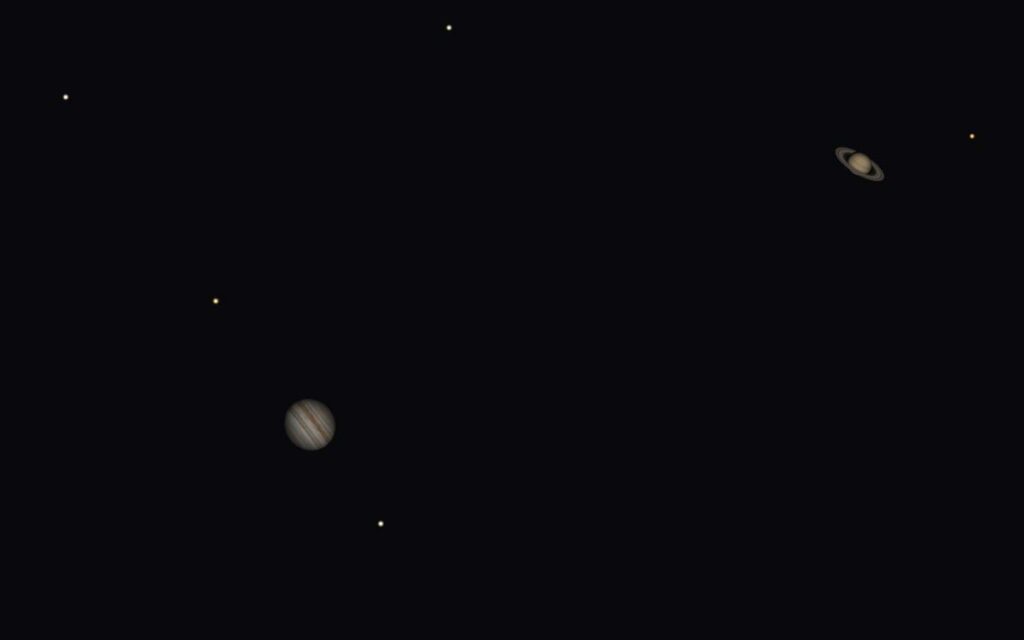
Therefore, astronomy enthusiasts often look at the planets for educational purposes. Although some of them spend a lot of time searching for rare “white spots” on Saturn and Venus, trying to spot traces of falling “foreign objects” in Jupiter’s atmosphere and studying changes in Jupiter’s clouds. During the great oppositions with Mars (the closest of which is expected in September 2035), all amateur telescopes are sure to target it. In fact, even in less convenient oppositions, which take place about every two years, the Red Planet also attracts the attention of fans of astronomy. Nevertheless you should remember that even in a very powerful instrument, we will unfortunately never see it as in the pictures of the Hubble Observatory.
Comets and asteroids. These two types of objects combine under the name “Small Solar System bodies”. Their amateur observations are welcomed in every possible way, and special groups and organizations are created to organize the results. The situation here is the same as with meteors: there are lotі of comets and asteroids — a couple of dozen comets can be seen in the sky at the same time, 3-5 of them are available for small amateur instruments, and on average once a year there is a “tailed star” which can be seen with the naked eye. Not all professional observatories have time in their schedules to follow them, so amateurs here may well come in handy.
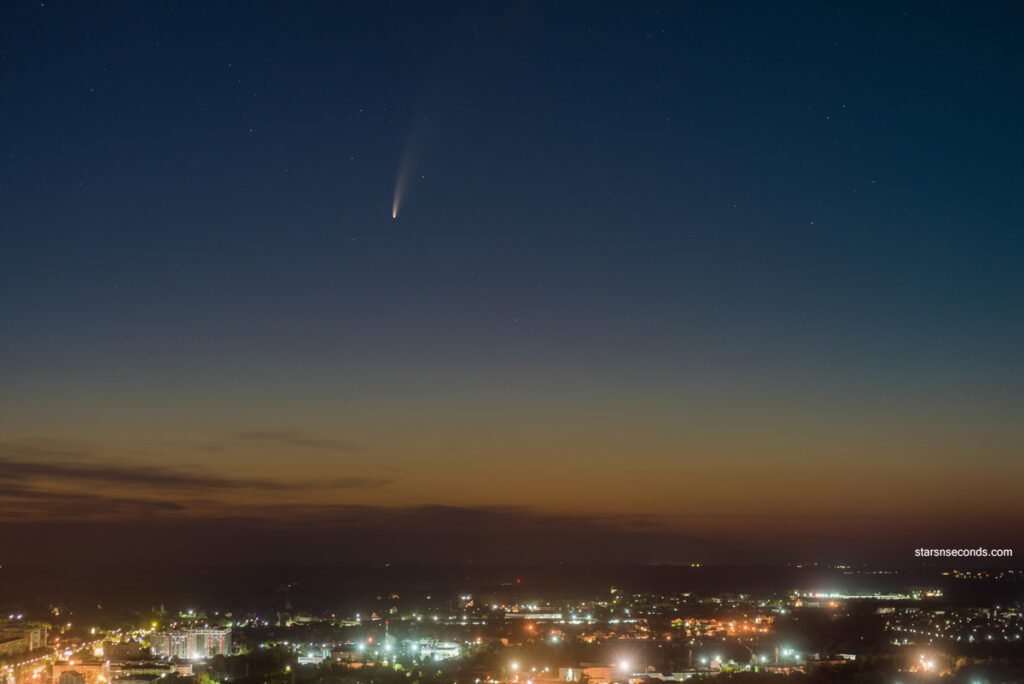
The main task in the observation of small bodies is to assess their apparent brightness. The so-called comparison stars are used for this purpose. The more you see in the same field of view with the object under study, the better. Therefore, instruments with not very high magnification, but wide field (for example, astronomical binoculars with a multiplicity of 10 to 20 and a lens diameter of 50-80 mm) are best for such observations.
The observations should be performed in areas away from large cities or other powerful sources of artificial light (comets are particularly sensitive to the brightness of the sky due to their “foggy” appearance). There are many methods for estimating the brightness of comets and asteroids, which can be found on specialized sites and in the literature, as well as many international organizations, where amateurs send the data. Interesting are the objects that fly close to the Earth — they move against the background of stars very quickly, which can be seen in just a few minutes of observation. Many times astronomy enthusiasts have even managed to discover comets or their flashes on their own.
Another way for amateurs to get involved in professional science is to register star occultation by asteroids. Even the information that in a certain place there was a short-term “fading” of the star, which was obscured from the observer by a weaker and darker “celestial stone”, is already useful for scientists. Even more valuable data is the exact time of the beginning and end of the discovery, but obtaining them itself requires appropriate technique and experience.
Far space. All objects that are outside the gravitational influence of the Sun, ie at a distance of more than one light year, belong to the “deep space”. It contains an incredible variety of cosmic phenomena — from single, double and multiple stars, star clusters and remnants of dead bodies to distant galaxies and quasars billions of light years away. Here is what to look for in all possible types of tools. Mere binoculars will show you scattered star clusters, large gas nebulae, and relatively close galaxies in all their glory. A powerful telescope is required to see spherical clusters, binary stars, and planetary nebulae. Instruments with a lens diameter of more than 100 mm will disclose distant galaxies, and the nearest quasar can be seen in a 200-millimeter telescope. All this is true for good conditions of observation — a clear transparent atmosphere and lack of lighting. Of course, keep in mind that even the brightest objects for the human eye with its limited sensitivity will seem like a “pale shadow” of amazing images taken by large ground-based observatories or the Hubble Space Telescope. The vast majority of nebulae and galaxies will be gray because we do not see colors in low luminous flux.
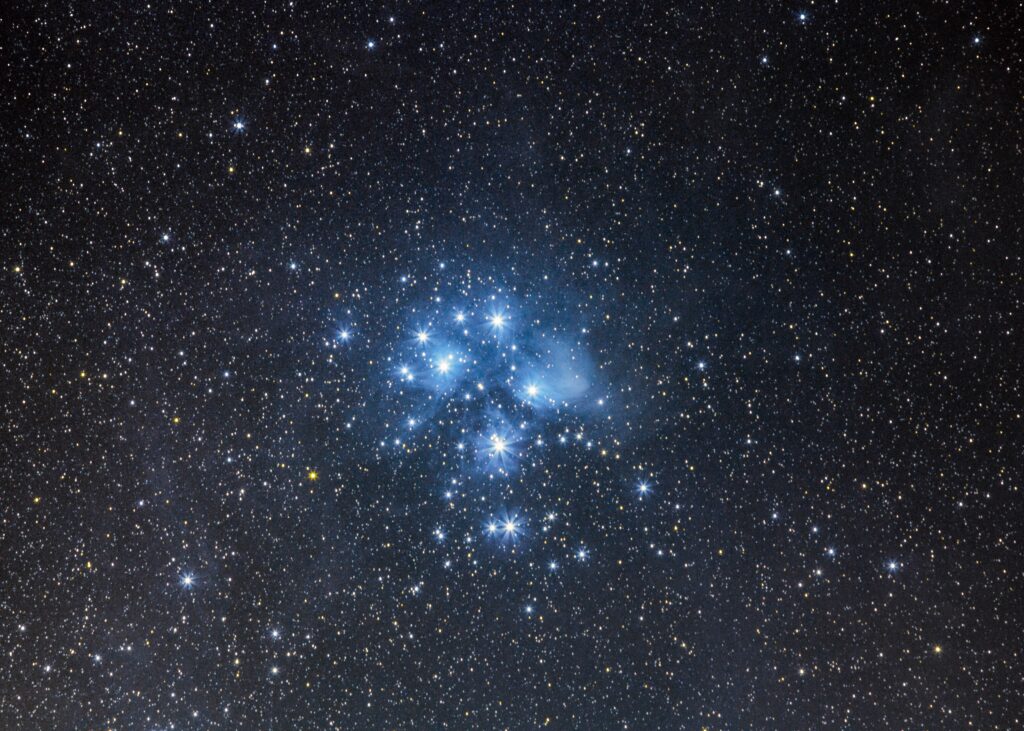
But even among this diversity, amateurs can find their “field of activity”. Millions of people around the world observe variable stars every night, evaluate their brightness and send the results for centralized processing. Quite often such help from amateurs allows scientists to make important discoveries. The same applies to novae and supernovae (the latter explode only in other galaxies — the last supernova within the Milky Way was seen as far back as 1604). The requirements for the instruments here are quite clear: the weaker the object chosen for study, the larger the diameter of the telescope is required to see it.
In general, “space travel” brings mostly aesthetic pleasure, allowing us to see gas and dust clouds, where the stars are born (also in a similar “cradle” more than 4.5 billion years ago, our solar system was born) or distant galaxies, which we see now as they were tens of millions of years ago, due to limited nature of the speed of light we. Also, check out Charles Messier’s catalogue of nebulous objects and the most notable items in the New General Catalogue (NGC), making it easier for you to find the treasures of the starry sky and share them with others.
“Arming” your eye
From all the above it is easy to conceive that the choice of a telescope for an amateur astronomer directly depends on the chosen “specialization”, which, in turn is associated with the possibility of regular trips to dark locations and in general with the astroclimate of the place of residence. You can look at the moon and planets even in big cities, and the amount you see depends only on the available tools. On the other hand, it is better to admire “star fields”, nebulae, comets away from large settlements, and often even a small telescope allows you to get important scientific results doing such observations.
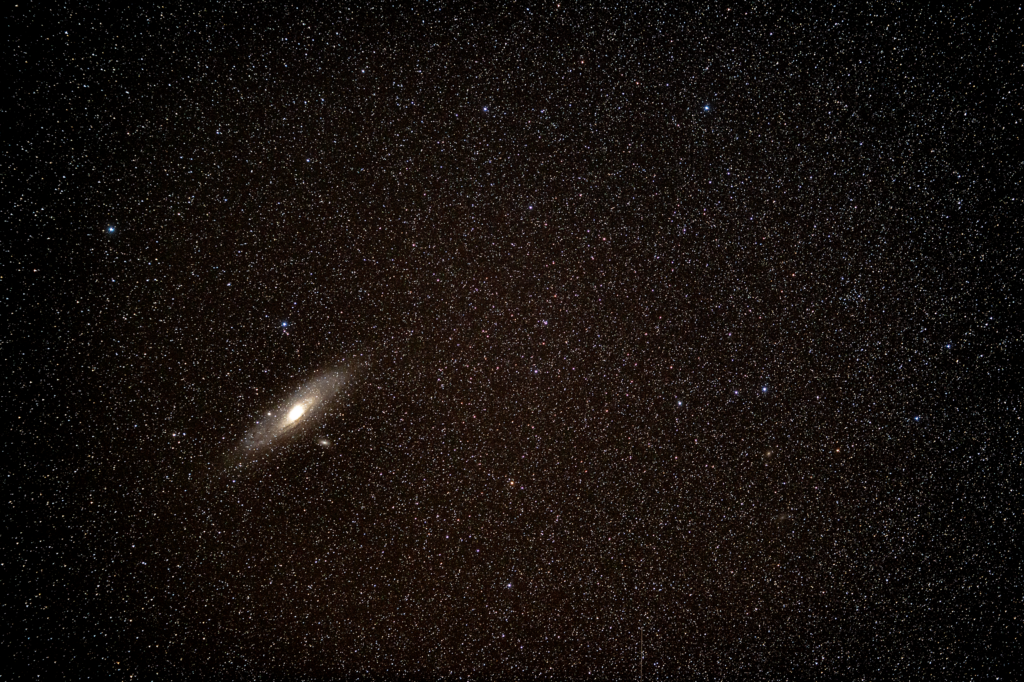
View of the Andromeda Nebula through wide-angle binoculars
It worth clarifying here which telescopes are considered “small” and which can be denoted as “large” or “medium”. A couple of decades ago, when only the Soviet Mitsar reflector with an aperture of 114 mm became actually commercially available, it was already classified as “large”. Now the situation has changed dramatically, and the boundaries of “majesty” have shifted greatly in the direction of increase. There is currently no consensus on this distinction, but in the first approximation, telescopes with a lens diameter of less than 100 mm are considered small, in the range of 100-250 mm — medium, over 250 mm (10 inches) — large.
The diameter of the lens is constantly mentioned here, because this figure determines all the other characteristics of the telescope — the maximum possible magnification and penetration (the weakest stars that can be seen in it under the best conditions of observation). For reflector telescopes with parabolic mirrors, the maximum multiplicity can be calculated by multiplying the diameter of the inlet by about one and a half, ie the 114 mm instrument will “withstand” a magnification of 170 times without significant loss of image quality. This increase is achieved with the appropriate eyepiece.
Large nebulae, star clusters, long comet tails should be viewed through powerful telescopes, but with as little multiplicity as possible to obtain the widest possible field of view. It can be determined by dividing the diameter of the lens by the size of a human pupil in the dark (average 6 mm). So, the same 114mm reflector will best “work” with such objects at a magnification of only 20 times.
However, as already mentioned, before buying a large expensive instrument, you need to decide on your “astronomical specialization” and place of observation. It will be unfortunate if the powerful telescope, due to the impossibility of regular trips to dark places, receives a “permanent residence permit” on the balcony of a city apartment and is used only to occasionally look at the moon or bright planets.
It is worth mentioning astrophotography. Almost everyone who looks into the telescope eyepiece for the first time has a desire to get the image “as a keepsake ” (especially since cameras are now in almost every phone). Of course, such amateur photos can only be welcomed. But in their quality they are much inferior to photographs of celestial bodies, obtained with the help of appropriate equipment and in the presence of basic experience. Astrophotography requires much more financial investment and time than visual amateur astronomy, and here you cannot do without the help of those who have already achieved something on this way. Perhaps among them there are those who want to share the secrets of their skills on the pages of our magazine. For now, we want to wish you as many positive impressions as possible getting acquaint with celestial bodies and phenomena seen with your own eyes!
Follow us on Twitter to get the most interesting space news in time:
https://twitter.com/ust_magazine

